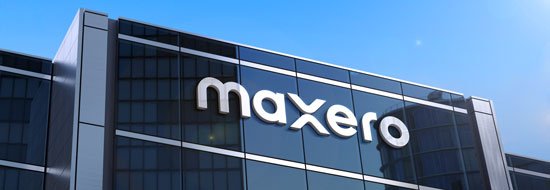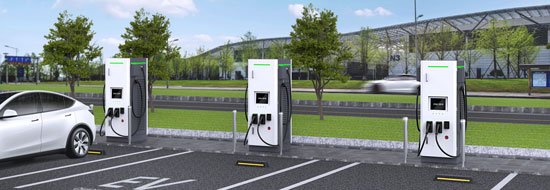Public charging stations for electric vehicles in the United States are becoming more reliable, according to data from J.D. Power’s latest charging satisfaction survey quoted by Automotive News. However, the American EV charging infrastructure still has to level up when it comes to availability.
During the fourth quarter of last year, 18% of the public charging attempts failed, which is a three-point improvement from the previous nine months. Malfunctions and outages remain the biggest pain points for EV owners who visit public chargers, though, with 71% of the failed visits being represented by the two aforementioned issues.
Get Fully Charged
More chargers are being installed, but even more are needed
U.S. public EV chargers were more reliable in the fourth quarter of 2023 compared to the previous nine months, according to data from J.D. Power. This rare uptick in the reliability numbers comes as charging operators invest heavily in upgrading and expanding their DC fast charging networks while Level 2 chargers are left behind.
Failed visits mean that users arrived at a charger but left without topping up the car’s battery for various reasons, including the charger being offline and long waiting lines. These two alone represented 20% of the failed charging attempts in Q4 2023.
It’s also worth mentioning that both DC fast chargers and Level 2 stalls like destination chargers (which are found at restaurants, hotels, and shopping malls) are bundled in the survey, and it’s the latter that seems to have suffered the most, with J.D. Power saying that overall satisfaction with Level 2 units fell 28 points in the fourth quarter compared to the same period in 2022.
At the same time, however, the expansion of the DC fast charging infrastructure didn’t quite keep up with the demand. Last year, the number of DC fast-charging ports went up 31%, according to data from the Department of Energy, while the number of public Level 2 charging ports increased by 13%.
In the case of ChargePoint, the number of public charging sessions increased by 39% in 2023, while the number of ports available only increased by 18%.

A Tesla Model 3 connected to a ChargePoint DC fast charger.
“This really speaks to how Level 2 in particular is not keeping up with consumer demand,” said Brent Gruber, executive director of J.D. Power’s EV practice. “My concern is that we’re focusing so much on the DC fast-charging investment that we’re dropping the ball on Level 2 charging, which is still heavily utilized, and that’s why we are seeing that big drop in satisfaction,” Gruber said.
DC fast chargers can top up an EV’s battery in about 20 minutes and are usually located along highways, while Level 2 chargers need several hours to sufficiently charge a battery so that the driver can cover long distances.
Last year, the Tesla Supercharger network came on top in J.D. Power’s EVX study in the DC fast charger category, while Volta snatched the top position in the Level 2 game, followed by Tesla’s Destination chargers.
[ad_2]
Source link




